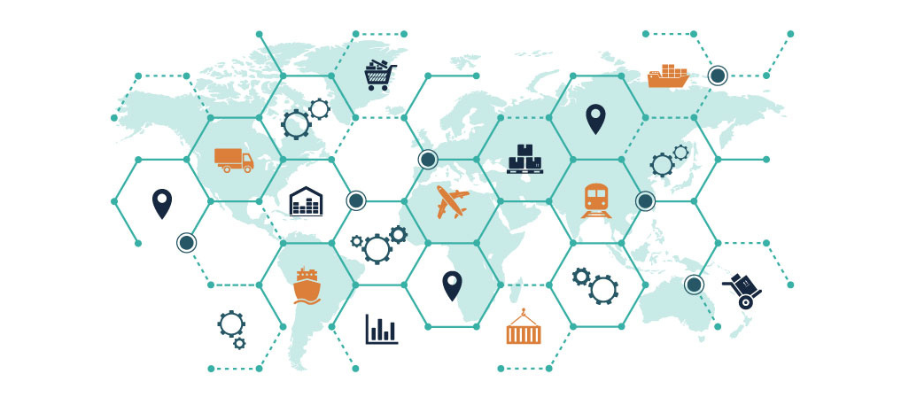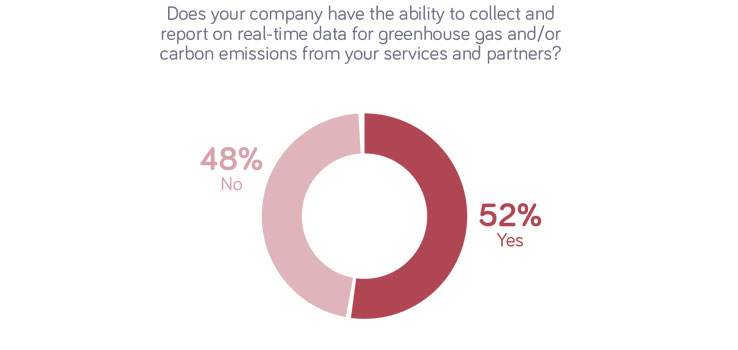🕒 Article read time: 2 minutes
Green technology in freight: is it moving forwards?
Sponsored content

Is green technology in freight moving forward? This is the question being asked by all aspects of the freight industry.
The freight industry transports circa 154 billion tonne-kilometres* of domestic freight (*2019 reported numbers) within the UK, 16% (25 billion tkm) of cargo/goods were transported by ship and 11% (17 billion ktm) using the railway infrastructure, making freight transport the UK’s largest transportation sector.
While this is great news for the industry, it does present its own set of challenges. In 2020, HGVs and Light Commercial Vehicles (LCVs) were responsible for 19% (18.6 Mt CO2e) of the UK’s total domestic transport greenhouse gas emissions (98.8 Mt CO2e).
Transport (including passenger transport) creates more emissions than any other sector. It is responsible for 24% of all greenhouse gas emissions in the UK, which doesn’t make pretty reading.
In July 2021, the UK government released its Decarbonising Transport Plan, setting out aims for delivering a zero-emission freight and logistics sector and in June 2022 the government’s Future of Freight report outlined the role of technology and data-enabled opportunities in improving the efficiency, reliability, resilience and environmental sustainability of the sector.
In a new survey by Neos Networks, Green technology in freight: is it moving forwards?, the company found that 94% of transport & logistics (T&L) companies are committed to actively reducing carbon emissions by 2027. A significant portion of the industry is set to implement one or more carbon-reducing solutions into operation over this time. Over half (55%) of these companies say greenhouse gas and carbon data tracking is a key focus of their decarbonisation plans in the immediate future. A further 45% plan to seek greater efficiency through investing in smart tech, data learning, AI or other technologies.
THE DATA DIVIDE: WHERE SMART SYSTEMS, DATA AND CONNECTIVITY MEET NET-ZERO EMISSION TARGETS
Neos Networks’ report shows that T&L companies recognise that collecting and acting on real-time data can reap great sustainability benefits, helping them take steps towards net zero targets. The data can be used to aid smart tech, AI and, of course, data learning.

Although more than half (52%) of the industry can access the necessary data, there is some way to go before we see a totally data-connected industry. As it stands, almost half of the companies in T&L are not utilising greenhouse gas/carbon emissions data.
However, although 52% of operators state they collect and report on primary (real-time) data of greenhouse gas and/or carbon emissions, just 71% of these companies feel they use the data to actually make meaningful changes to their operations. To really capitalise on the information available, investment is needed in network systems, employee expertise and connectivity infrastructure.
THE IMPORTANCE OF CORE CONNECTIVITY FOR DECARBONISATION SUCCESS
Core connectivity has a great bearing on data-gathering capabilities. Of those firms unable to use data to make practices greener, one in three (35%) say inadequate capacity or core connectivity is stopping them from sharing large amounts of data.
Before the industry races towards a tech-led green revolution, companies must consider the role of data. To implement smart technology and benefit from real-time data, they need systems that can handle the amount of data. This is where core connectivity infrastructure comes in, laying the foundations upon which decarbonisation can progress.
*www.neosnetworks.com
Published On: 10/11/2022 16:00:25

Comments Section
If you are a Logistics UK member login to add comments.